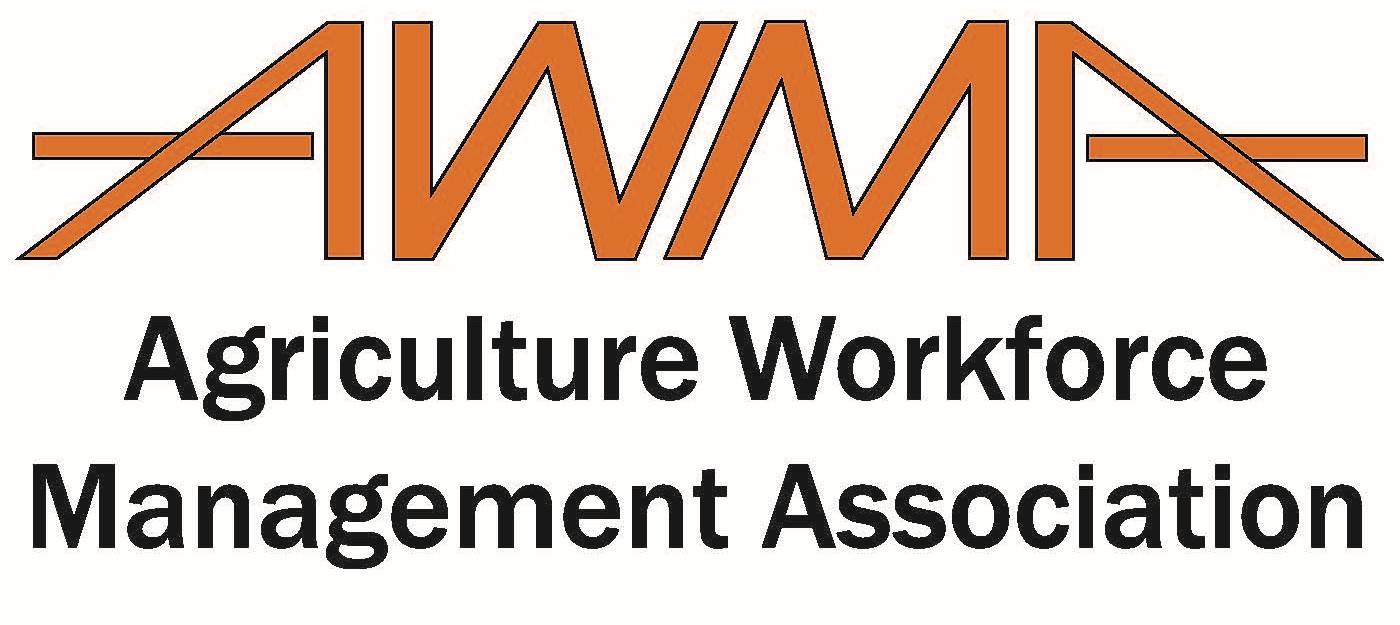"Owned and Managed by Agricultural Employers"
Earnings Records
The employer must keep accurate and adequate records with respect to the workers' earnings, including but not limited to field tally records, supporting summary payroll records, and records showing the nature and amount of the work performed; and
- the number of hours of work offered each day by the employer;
- the hours actually worked each day by the worker;
- the time the worker began and ended each workday;
- the rate of pay;
- the worker's earnings per pay period;
- the worker's home address;
- the amount of and reasons for any and all deductions taken from the worker's wages;
- and the nature & amount of work performed.
Hours and Earnings Statements
The employer must furnish to the worker on or before each payday written statements of the following information:
- The worker's name and home address;
- The worker's total earnings for the pay period;
- The worker's hourly rate and/or piece rate of pay;
- The hours of employment offered to the worker (showing offers in accordance with the three-fourths guarantee);
- The hours actually worked by the worker;
- An itemization of all deductions made from the worker's wages, if designated in the work contract;
- If piece rates are used, the units produced daily;
- Beginning and ending date of the pay period; and
- The employer's name, address, and Federal Employers Identification Number (FEIN).

Corresponding Employment
U.S. workers that are doing the same job of the H-2A workers must be paid the same rate during the duration of the contract.
Piece Rates
Piece rates may be paid per activity, but the worker’s wages can not fall below the hourly wage listed above. In order to do this, you have to keep track of the hours worked during the time they are working for a piece rate. We have an excel spreadsheet that can be used to capture this. It is on our website.
Kentucky Overtime Pay
KRS 337.050 - Time and a half for work done on seventh day of week.
"As a result of the Final Rule being vacated, AEWR rates will be set according to the methodology set forth in the 2010 rule, Temporary Agricultural Employment of H-2A Aliens in the United States, 75 Fed. Reg. 6884 (Feb. 12, 2010)". - DOL August 28th, 2025.
The current calculation method for the AEWR by DOL from the 2010 Final Rule is as stated below.
"The Department has decided to retain the concept of an AEWR as part of the H-2A program and that the basis for computing the H-2A AEWR shall be the annual average of combined crop and livestock workers' wages applicable for each state as reported by the U.S. Department of Agriculture's (USDA) Farm Labor Survey (FLS) reports. This section discusses the Department's rationale for retaining the AEWR and then discusses the Department's rationale for changing the methodology used to calculate the AEWR."
Wage Rate and Payroll Information
Useful Links For Payroll Keeping
Have a Payroll or Wage Question? Contact us!
Application documents are listed under "Application Links" on the Home page!
The Department of Labor
New Adverse Effect Wage Rate (AEWR).
Effective Date DECEMBER 30, 2024 for worksites in: Arkansas, Florida, Georgia, Idaho, Indiana, Iowa, Kansas, Louisiana, Missouri, Montana, Nebraska, North Dakota, Oklahoma, South Carolina, Tennessee, Texas, and Virginia.
Kansas vs. DOL Farmworker Protection Rule
Effective Date DECEMBER 16, 2024: All other states not listed above. There is no grace period while the lawsuits are going through the courts.
Adverse Effect Wage Rate for 2025
Applies to all H2A workers, and corresponding, on the effective date above.
The hourly AEWRs below apply when the job opportunity requires workers to perform agricultural labor or services covering the six job codes which is for 95% of the H2A labor.
Alabama $16.08
Arkansas $14.83
Connecticut $18.83
Illinois $19.57
Indiana $19.57
Iowa $18.65
Kentucky $15.87
Louisiana $14.83
Michigan $18.15
Minnesota $18.15
Mississippi $14.83
Missouri $18.65
Ohio $19.57
Oklahoma $15.79
Pennsylvania $17.96
Tennessee $15.87
Texas $15.79
West Virginia $15.87
AEWR calculation changes as of August 28th, 2025
The USDA announced they will be discontinuing the Farm Labor Survey that has been used to set the AEWR for the H-2A program. We are unsure now of how this will affect the future AEWR set to be released at the end of this year. As soon as we receive more information about the change in AEWR calculation we will keep you updated by our website and by email. We are aware that not knowing the hourly wage complicates your financial planning and we hope the Department moves quickly and fairly.
Farm Labor Survey no longer setting wages through the AEWR











